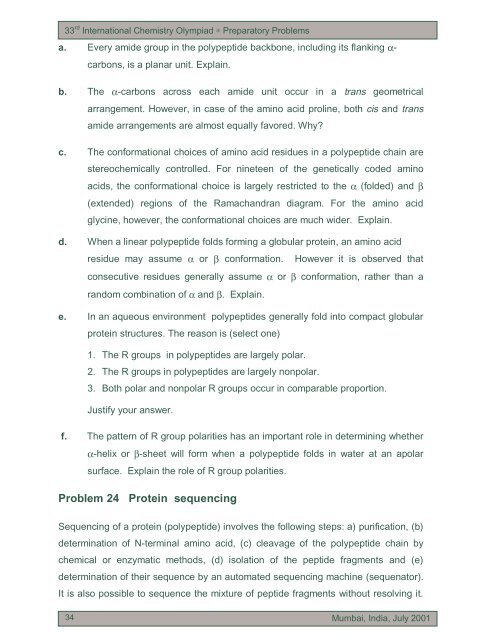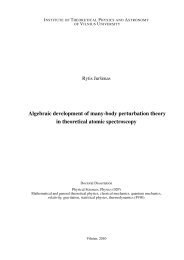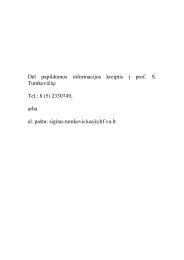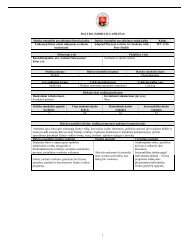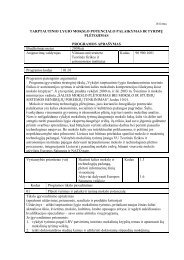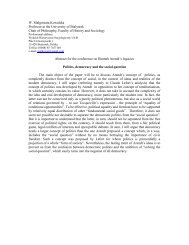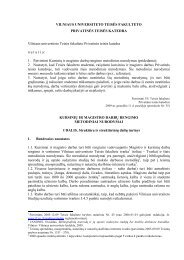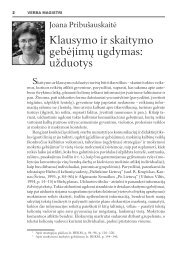Problem 6 Atomic and molecular orbitals - PianetaChimica.it
Problem 6 Atomic and molecular orbitals - PianetaChimica.it
Problem 6 Atomic and molecular orbitals - PianetaChimica.it
Create successful ePaper yourself
Turn your PDF publications into a flip-book with our unique Google optimized e-Paper software.
33 rd International Chemistry Olympiad ∗ Preparatory <strong>Problem</strong>sa. Every amide group in the polypeptide backbone, including <strong>it</strong>s flanking α-carbons, is a planar un<strong>it</strong>. Explain.b. The α-carbons across each amide un<strong>it</strong> occur in a trans geometricalarrangement. However, in case of the amino acid proline, both cis <strong>and</strong> transamide arrangements are almost equally favored. Why?c. The conformational choices of amino acid residues in a polypeptide chain arestereochemically controlled. For nineteen of the genetically coded aminoacids, the conformational choice is largely restricted to the α (folded) <strong>and</strong> β(extended) regions of the Ramach<strong>and</strong>ran diagram. For the amino acidglycine, however, the conformational choices are much wider. Explain.d. When a linear polypeptide folds forming a globular protein, an amino acidresidue may assume α or β conformation. However <strong>it</strong> is observed thatconsecutive residues generally assume α or β conformation, rather than ar<strong>and</strong>om combination of α <strong>and</strong> β. Explain.e. In an aqueous environment polypeptides generally fold into compact globularprotein structures. The reason is (select one)1. The R groups in polypeptides are largely polar.2. The R groups in polypeptides are largely nonpolar.3. Both polar <strong>and</strong> nonpolar R groups occur in comparable proportion.Justify your answer.f. The pattern of R group polar<strong>it</strong>ies has an important role in determining whetherα-helix or β-sheet will form when a polypeptide folds in water at an apolarsurface. Explain the role of R group polar<strong>it</strong>ies.<strong>Problem</strong> 24 Protein sequencingSequencing of a protein (polypeptide) involves the following steps: a) purification, (b)determination of N-terminal amino acid, (c) cleavage of the polypeptide chain bychemical or enzymatic methods, (d) isolation of the peptide fragments <strong>and</strong> (e)determination of their sequence by an automated sequencing machine (sequenator).It is also possible to sequence the mixture of peptide fragments w<strong>it</strong>hout resolving <strong>it</strong>.3434Mumbai, India, July 2001


